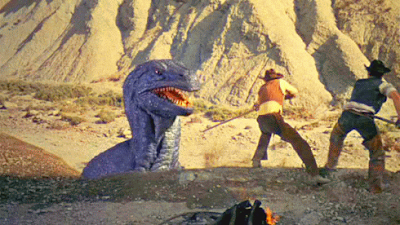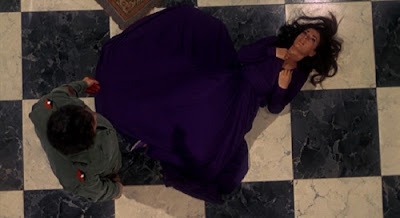 The Scoop:
The Scoop:Whether you love Michael Moore or hate him, you have to admit that he's made a pretty powerful statement with "Bowling for Columbine." While taking its inspiration from the 1999 massacre at Columbine High School in Littleton, Colo., the film does not examine the particulars of the shootings so much as use it as a jumping-off point for a larger, thought-provoking mediation on America's gun culture.
This isn't the simple liberal screed Moore's critics might expect, since he admits at the beginning (much to the surprise of many, I am sure) that he owns several guns himself and is a lifetime member of the National Rifle Association. Ever the self-referentialist, Moore bookends his film with segments about his hometown of Flint, Mich., -- the first about local members of the Michigan Militia and the last about a school shooting involving two first graders. In between there are visits to Littleton (including a lengthy segment with the harrowing, unedited surveillance footage and 911 recordings of the Columbine massacre), Hollywood, Canada and even K-Mart corporate headquarters. Along the way, he allows a lot of voices to be heard, from people on the street, to corporate shills, to Columbine victims, to Marilyn Manson (who offers a surprisingly thoughtful response to those who blamed his music for the shootings). There is even a coda with a surprise interview with NRA president Charleton Heston, who unfortunately misses his chance at a little image rehabilitation be refusing to answer any of the tough questions.
Moore doesn't offer any easy answers, because the subject is far too complex for that, but a couple of culprits behind the problem jump out pretty quickly -- namely, the NRA's hardline leadership and the fear-driven news coverage of the modern media. He also tries to make a case for the culpability of the entire military-industrial complex, which, although it deserves blame for a lot that is wrong in the world, seems to be a bit of a stretch.
There are a few grandstanding moments (it wouldn't be a Michael Moore film without them) but they are kept to a minimum in favor of some good old-fashioned, non-partisan muckracking. It is perhaps Moore's best, most fully-realized film. It is certainly his most decorated, having won a bushel full of awards, including the Oscar for Best Documentary (which prompted a most memorable acceptance speech).
Best Bit:
James Nichols (brother of Oklahoma City bombing conspirator Terry Nichols) giving free rein to his psychosis. (Also, the animated history of U.S. paranoia is pretty good, too.)
Side Note:
At the time it was released, "Bowling for Columbine" became the highest-grossing documentary of all time. It only held the title for two years, though, when it was surpassed by Moore's next film, "Fahrenheit 9/11."
Companion Viewing:
"Roger and Me" (1989) and "Fahrenheit 9/11" (2004).
Links:
IMDb.
Official Site.
Truth about "Bowling for Columbine" by David Hardy.
A response to Hardy's piece.
Moore's reaction to pro-gun critics of the film.
Take a Look:
The trailer (And if you look closely at the beginning, you'll see that one guy from "Best Week Ever." Right on!):
Marilyn Manson discusses the reaction to the massacre:
A brief history of the United States of America:
Some more "highlights" from American history:

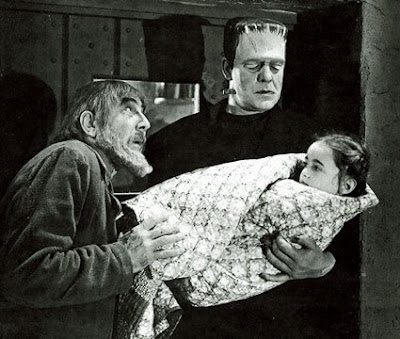
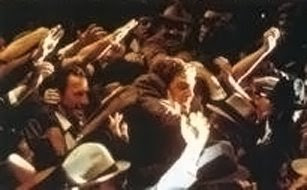
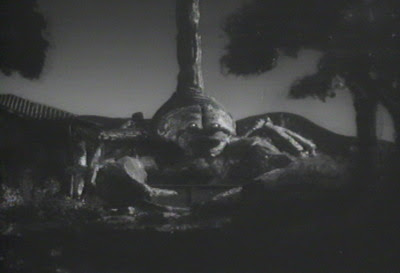
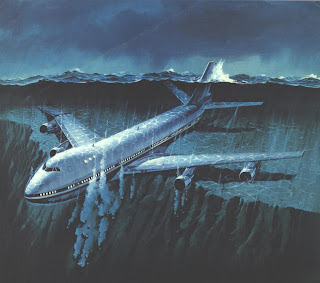
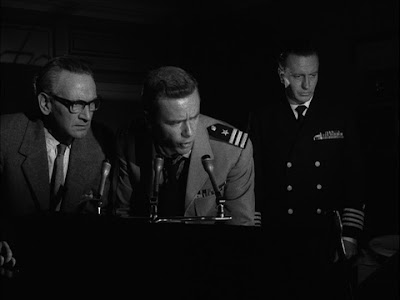.jpg)
